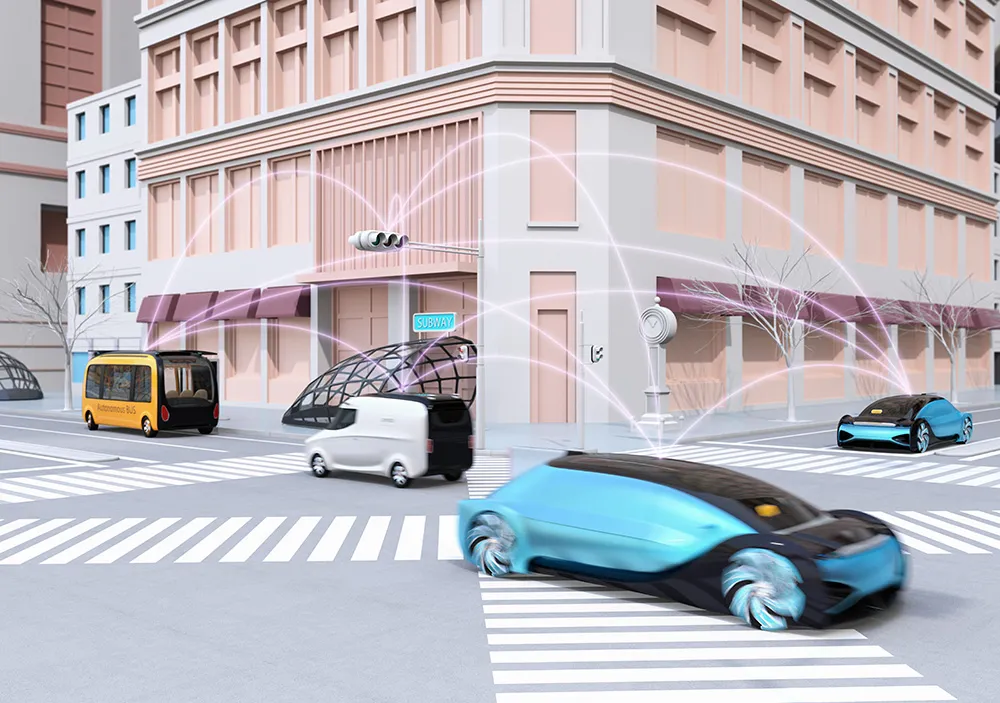
Connecting cabinets via wired connections across a municipality tends to be a costly and disruptive process.
According to Miovision's CEO Kurtis McBride, transmitting data wirelessly over cellular networks to the cloud and then giving TMCs access to those datastores is a much more effective way to arm traffic engineers with the information they need to monitor, control and optimise transportation systems, he said.
Launched in January, Miovion's new traffic management cabinets have been deployed to 35 authorities across North America. Traffic control engineers in these cities are able to monitor the health of devices in the field, track signal changes and predict travel times. The data is stored in the cloud and is available to be used for troubleshooting issues, diagnosis and post-event analysis.
McBride called the move to the cloud the 'appification' of traffic management.
"New features and functionality can be developed as software, delivered through cloud services and added onto the existing platform at a fraction of the cost rather than purchasing and installing additional hardware to alreadycrowded cabinets.









